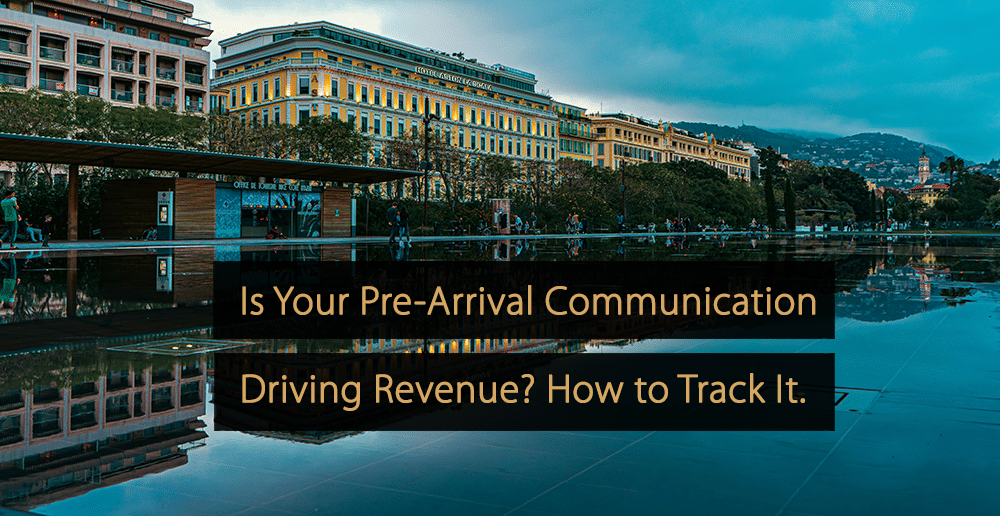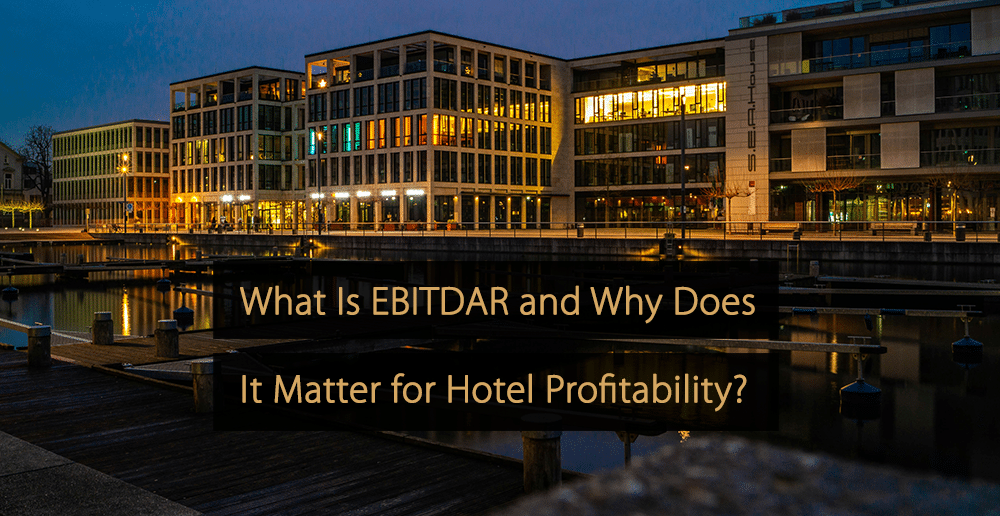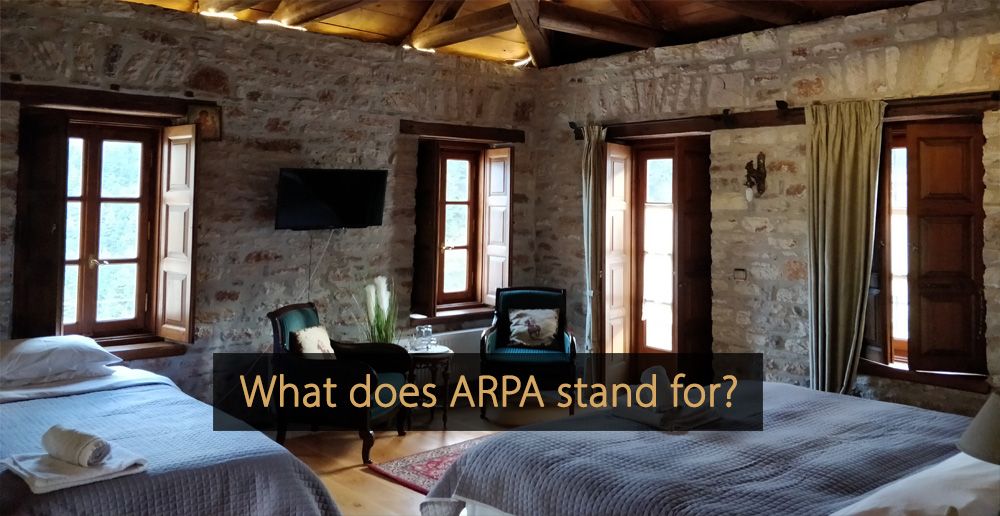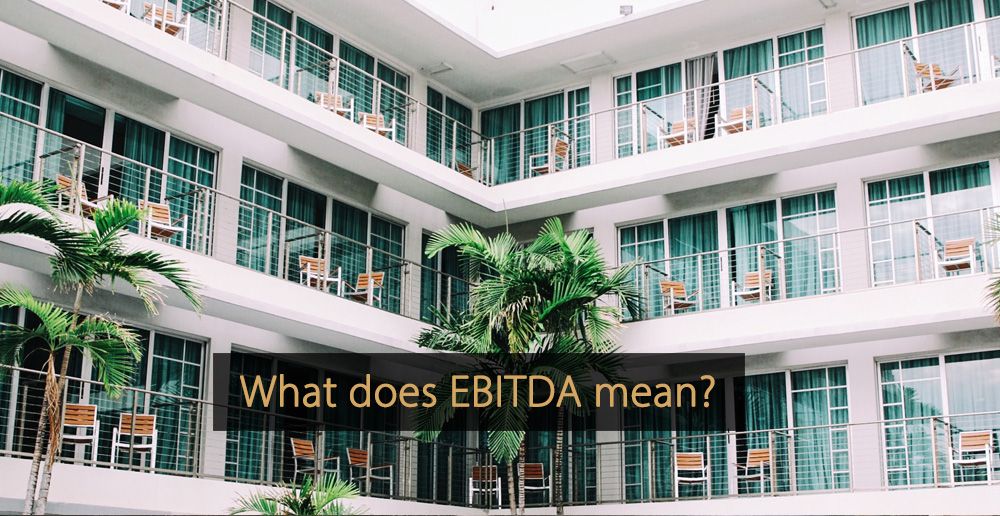Pre-arrival communication shapes the guest experience long before check-in, but are you measuring its real impact? Too often, hoteliers stop at vanity metrics like open rates and clicks. Those numbers may look good on paper, but they reveal little about guest satisfaction, loyalty, or revenue. The real opportunity lies in tracking the KPIs that show whether your messages are building trust, driving upsells, and bringing guests back.
By digging deeper into the right pre-arrival metrics, you can transform guest engagement from a nice-to-have into a measurable revenue driver. That’s exactly what you’ll learn in this article.
Why Traditional Pre-Arrival Metrics Don’t Tell the Full Story?
Metrics like open rates and conversion stats are easy to track, but they often give a misleading picture of success.
Sure, high open rates might suggest interest, but do they translate into action or loyalty? Not always.
Here are a few common mistakes hoteliers make when reading their numbers:
- High open rate ≠ engagement: Guests might open the email just to find the check-in time, not because the content excited them.
- Low click rate ≠ failure: Maybe the message accomplished its goal — informing the guest — without requiring action.
- Unsubscribes ≠ disaster: Sometimes it’s a sign your segmentation is working — irrelevant guests are removing themselves.
Want to improve your segmentation strategy? Check out these 5 simple tips to segment guests more effectively and boost conversions.
Traditional pre-arrival metrics also miss the emotional and experiential side of guest engagement. They don’t show whether your message built trust, created anticipation, or helped the guest feel more prepared and welcomed.
That means you’re only seeing a small piece of the picture, and potentially making decisions based on incomplete data.
What Are the Pre-Arrival Metrics That Drive Real Results?
To truly measure pre-arrival success, focus on KPIs that reflect guest engagement and satisfaction. Here are a few to prioritize:
- Guest retention rates: Tracking how many guests return after their first stay reveals the long-term impact of your pre-arrival efforts. If retention rates are low, it might indicate a disconnect between pre-arrival promises and the actual experience.
- Pre-arrival engagement levels: Monitor how guests interact with pre-arrival messages. Are they exploring additional resources, clicking on personalized offers, or responding to surveys? A guest who engages with a packing list tailored to their room type or itinerary is already more invested in their stay.
- Guest sentiment analysis: Use surveys or reviews to gauge how guests feel about the pre-arrival experience. Did they find the information useful? Did it help set the right expectations? Positive sentiment often translates to higher satisfaction during their stay.
These metrics not only show what’s working but also highlight areas to improve. They bridge the gap between pre-arrival efforts and the overall guest journey, making your approach more effective.
For deeper insights and to benchmark your hotel against the industry, explore our latest report: The State of Data-Driven Marketing in Hospitality. It reveals what is working and not working for hotels in marketing and guest communication.
Evaluate Your Current Stage: The Maturity Ladder
Many hotel teams measure guest communication success based on what’s easiest to track — not what matters most. Use this Pre-Arrival Metric Maturity Ladder to evaluate your current level and identify where you could go next:
| Stage | Focus | Example Metric |
| Level 1: Basic | Delivery | Open rate, click-through rate |
| Level 2: Interactive | Engagement | Survey completion, offer clicks |
| Level 3: Emotional | Guest perception | Sentiment score, feedback comments |
| Level 4: Business Impact | Outcome-driven | Retention rate, upsell revenue, NPS |
Progressing through these levels helps you shift from just reporting numbers to making data-backed decisions that impact your bottom line.
Learn more about pre-arrival strategy: 9 Tips to Structure Your Pre-Arrival Communication.
How Do Pre-Arrival Metrics Connect to ROI?
Tracking the right pre-arrival metrics isn’t just about improving communication — it’s about driving real business results. Here’s a simplified example of how one touchpoint can generate ROI:
A guest clicks on your pre-arrival offer → Adds a spa treatment → Enjoys a great stay → Leaves a glowing review mentioning the spa → Returns 3 months later for an anniversary trip.
Each of those steps can be tied to a different KPI:
- Click rate → spa booking conversion
- Sentiment analysis → review quality
- Retention metric → return visit
When you track these metrics holistically, you start seeing how pre-arrival communication impacts revenue, loyalty, and guest satisfaction, not just email performance. Once you understand how metrics tie back to business value, the final step is ensuring your communication aligns with the actual guest experience.
Discover more hotel marketing strategies to boost revenue at every stage of the guest journey here.
The Secret: Align Promises with On-Property Delivery
Pre-arrival communication is all about setting the right expectations, but are you delivering what you promise? Misalignment can lead to guest disappointment, no matter how smooth your check-in process or how luxurious your amenities.
Post-stay feedback is key to spotting these gaps. If guests consistently mention missing amenities or unclear instructions, it’s time to revisit your messaging. However, to build a consistent and effective pre-arrival journey, you need more than good intentions: you need the right tools.
That’s where a hospitality-focused CRM like Bookboost comes in. With automation, segmentation, and multi-channel messaging built specifically for hotels, Bookboost helps you design communication flows that not only inform, but convert and delight.
When done right, pre-arrival communication builds trust and excitement. And when measured correctly, it proves how your guest engagement efforts drive real business impact.
How to Build Your WhatsApp Marketing Strategy for 2026
In our full report, The State of Data-driven Marketing in Hospitality, we’ve uncovered how hotels are using segmentation, personalization, data, and more.
If you want to see how your hotel compares, what the data says about channels and revenue impact, and get all the insights to plan your strategy, check it out.
Measure pre-arrival communication with the right KPIs to uncover true revenue impact. Apply these insights, refine your strategy, and watch guest engagement, loyalty, and profits grow as you turn every message into a powerful business driver.
Free Report: The State of Data-Driven Marketing in Hospitality
Hotel teams face rising pressure to deliver personalisation, guest connection, and consistency despite fewer staff and fragmented tools.
Through a global survey of 60+ professionals, this report reveals benchmarks, challenges, and insights into what “good” looks like and future directions.
Click here to download the report “The State of Data-Driven Marketing in Hospitality”.
More Tips to Grow Your Business
Revfine.com is the leading knowledge platform for the hospitality and travel industry. Professionals use our insights, strategies, and actionable tips to get inspired, optimize revenue, innovate processes, and improve customer experience.Explore expert advice on management, marketing, revenue management, operations, software, and technology in our dedicated Hotel, Hospitality, and Travel & Tourism categories.








Leave A Comment